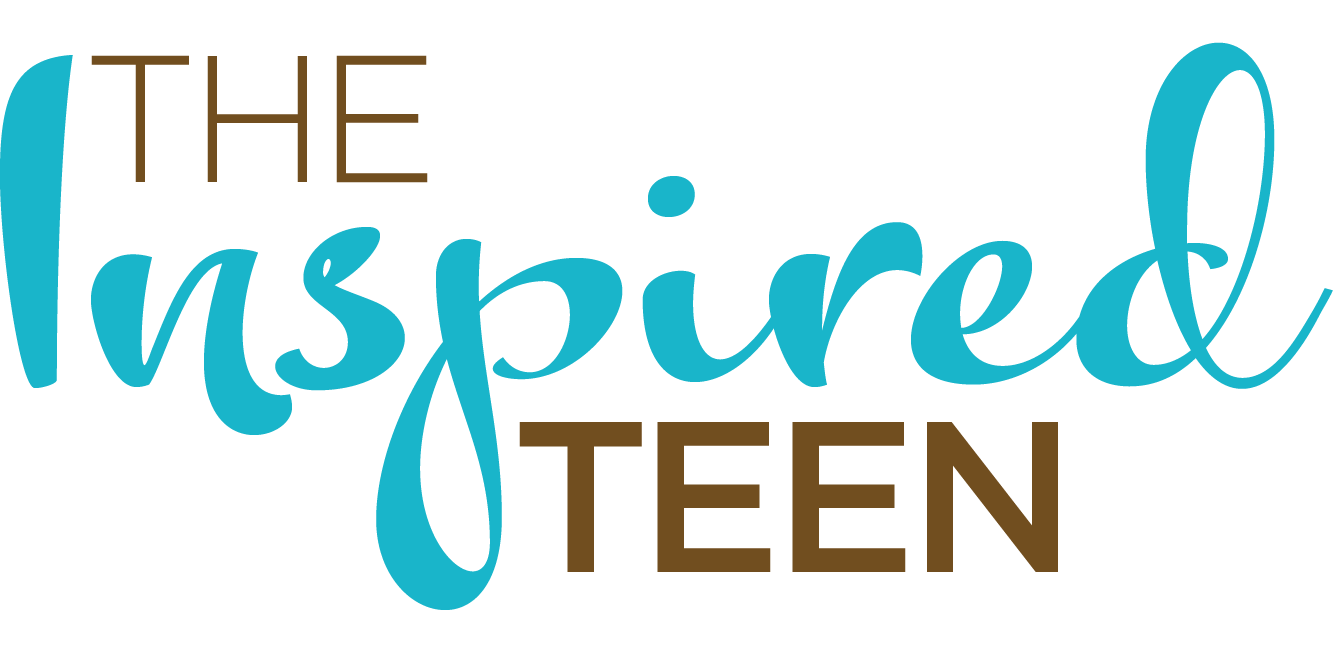Creating Our Identity
As teens move from concrete to abstract thinking, they start thinking about deeper topics. One of these is identity. They start to really consider who they are and who they want to be. They begin pushing away from parents, experimenting, trying on new identities, and thinking a lot more than they used to.
Because moving from one type of thinking to another doesn’t happen overnight, they sometimes get a bit “stuck” and focus on just one or two areas. They label themselves (and others) too quickly and forget just how complicated humans are.
I love this quote from A Gentleman in Moscow by Amor Towles:
“After all, what can a first impression tell us about someone we’ve just met for a minute in the lobby of a hotel? For that matter, what can a first impression tell us about anyone? Why, no more than a chord can tell us about Beethoven, or a brushstroke about Botticelli. By their very nature, human beings are so capricious, so complex, so delightfully contradictory, that they deserve not only our unwavering determination to withhold our opinion until we have engaged with them in every possible setting at every possible hour.”
One of the things we can do to help our teens keep progressing (and judge less) is to teach them more about the complex nature of identity. Here are some examples of parts of an identity:
Personal traits: These are characteristics that define you, such as your personality, values, beliefs, and preferences.
Social identity: This refers to your sense of belonging to a particular group, such as your race, ethnicity, religion, nationality, gender, or sexual orientation.
Cultural identity: This refers to your connection to a particular culture or way of life, such as your language, customs, traditions, and history.
Professional identity: This refers to your sense of self in relation to your career or work, such as your skills, qualifications, and achievements.
Psychological identity: This refers your sense of self in relation to your internal experiences, such as your thoughts, emotions, and memories.
Physical identity: This refers to your sense of self in relation to your physical appearance, abilities, and health.
Familial identity: This refers to your sense of self in relation to your family and your roles and relationships within the family. Some moms get caught up in this one!
Spiritual identity: This refers to your sense of self in relation to your spiritual beliefs and practices, such as your religion or personal philosophy.
Taking time to look at all of these in ourselves, and others, can remind us how beautifully complex we all are. It’s also helpful to remember that while some parts of our identity are “fixed,” most are flexible. With every decision we make, we are choosing who we are becoming! So are the people around us. We are constantly learning, growing, and changing.
“In fact, the word identity was originally derived from the Latin words essentitas, which means being, and identidem, which means repeatedly. Your identity is literally your ‘repeated beingness.’ The more you repeat a behavior, the more you reinforce the identity associated with that behavior.”
For a simple activity, click here for a PDF with an identity pie chart on it. Take some time to fill this out with your teen while you discuss identity. You can fill one out for yourselves, then fill one out for each other. Do they match? What things do you see in your teen and what things do they see in you?
Some other questions you could discuss:
What are some habits we have that are currently creating our identities?
Is there anything we like/don’t like about ourselves that we want to work on?
Is how we see ourselves the same as how other people see us?
What are some things people can’t guess just by looking at us?
What are some things people will try to guess when looking at us? Would they be right?
What things do we guess about other people based off of their appearance (or a look they give us or a post they write on social media)? What happens if we are wrong?
George Bernard Shaw said simply, “Life isn’t about finding yourself. Life is about creating yourself.” Take some time this week to talk to your teen for a few minutes about identity. It might help them see themselves (and the whole identity creating process) differently!

